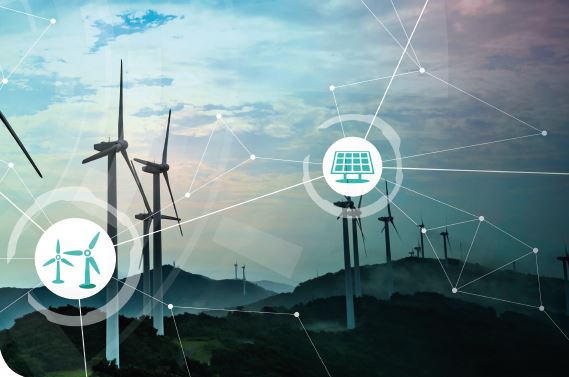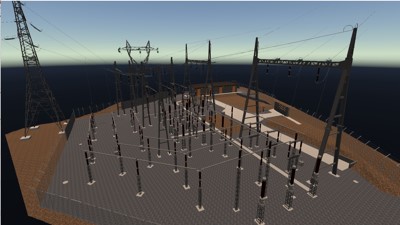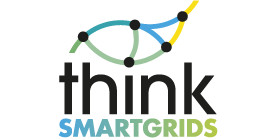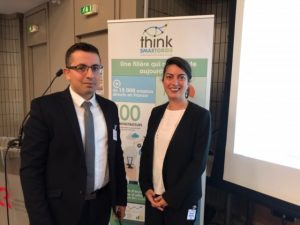[leap_dropcap style=”style-1″]T[/leap_dropcaphe Think Smartgrids Data and Digital Transformation Working Group looked at the opportunities offered by new technologies based on artificial intelligence to improve the efficiency and sustainability of energy networks. A growing number of pioneering projects are already being deployed in France and these technologies seem very promising, provided that cybersecurity issues are not overlooked.
[leap_gap height=”20px” ]

[leap_gap height=”10px” ]
Digital twinning, Automatic or Deep Learning, Reinforced Learning, or Blockchain: those technologies have experienced tremendous growth in recent years and are accompanying the deployment of smart grids. They were described in a study published last November by the Think Smartgrids Data and Digital Transformation working group, led by Cosmo Tech and DCbrain.
Thanks to learning techniques, a machine can become capable of acting autonomously on its environment or become a valuable decision support tool. Several examples of the use of machine learning and deep learning technologies for the energy sector have been successfully implemented: thanks to these technologies, it is possible to adapt the network to consumer demand based on the analysis of a certain number of parameters (weather data, the history of peaks and troughs in hourly consumption, storage capacities, etc.), it also becomes possible to detect new energy resources, or even to optimise energy consumption.
[leap_gap height=”20px” ]
Among the pioneering projects deployed in France, we can mention a project runned by RTE (Réseau de Transport d’Electricité, the French transmission system operator) with digital twins: JUMP (JUMeaux numériques Postes – or digital twins of electric substations).
[leap_gap height=”20px” ]

[leap_gap height=”20px” ]
JUMP aims to provide a common technical base and processes for the 3D modelling of assets, with a collaborative use that can meet the priority needs of RTE’s various business lines.
Thanks to the digital twins that the transmission operator plans to deploy on an industrial scale from 2023 onwards, RTE can equip its network with modern modelling and visualisation tools that will be used to simulate worksites to train upstream for delicate interventions on high-risk sites, to share technical and asset data, or to anticipate the ageing of substations, or even of the entire network via interoperable twins, in order to optimise the maintenance of its assets.
However, the use of artificial intelligence involves cyber security issues at every stage, throughout the data cycle, from collection to the production phase. It is as much a question of preserving privacy and confidentiality as it is of protecting against cyber attacks and hacking of all kinds. Think Smartgrids’ working group is developing dedicated fact sheets exploring different use cases. The objective is to provide in each case the necessary information and the best practices and solutions in terms of security to be applied. The sheets will be intended for any actor wishing to create a digital service exploiting smartgrids data.
These technologies are still evolving rapidly. Their full potential and applications have not yet been revealed, and they are set to play a key role in supporting the transition and decarbonisation of our energy systems.


